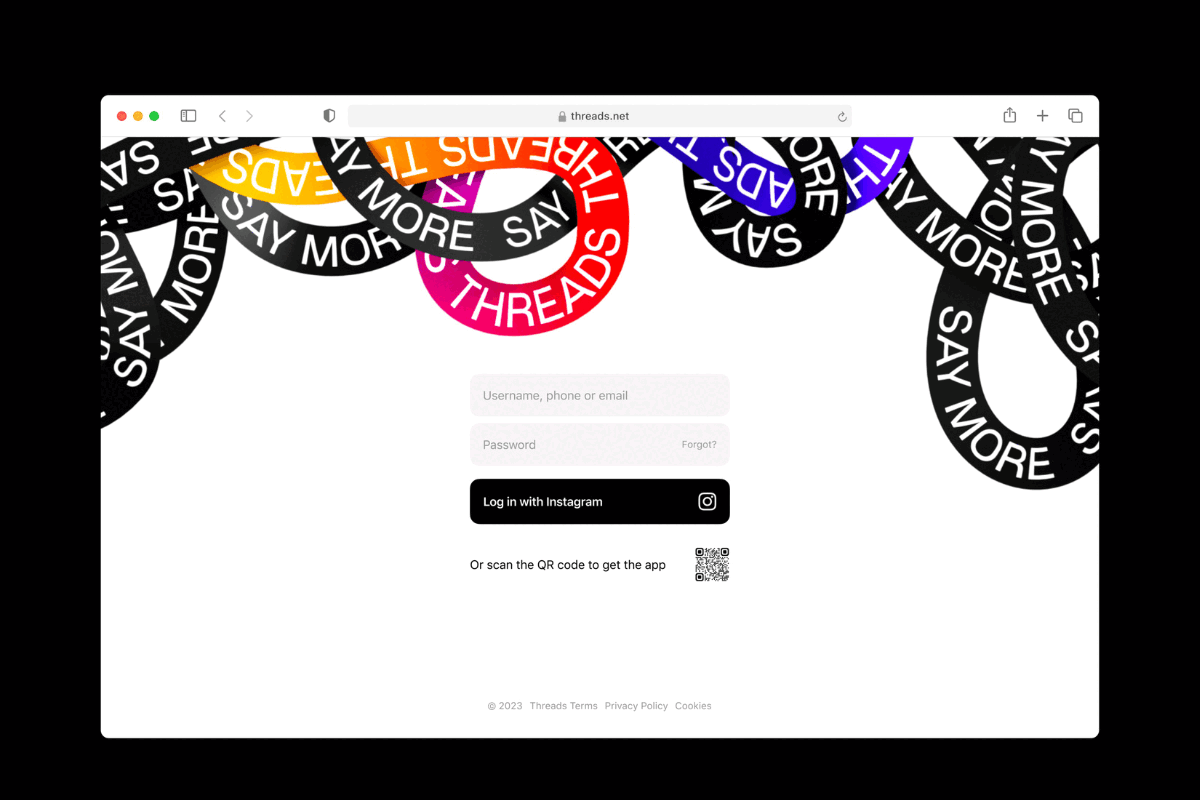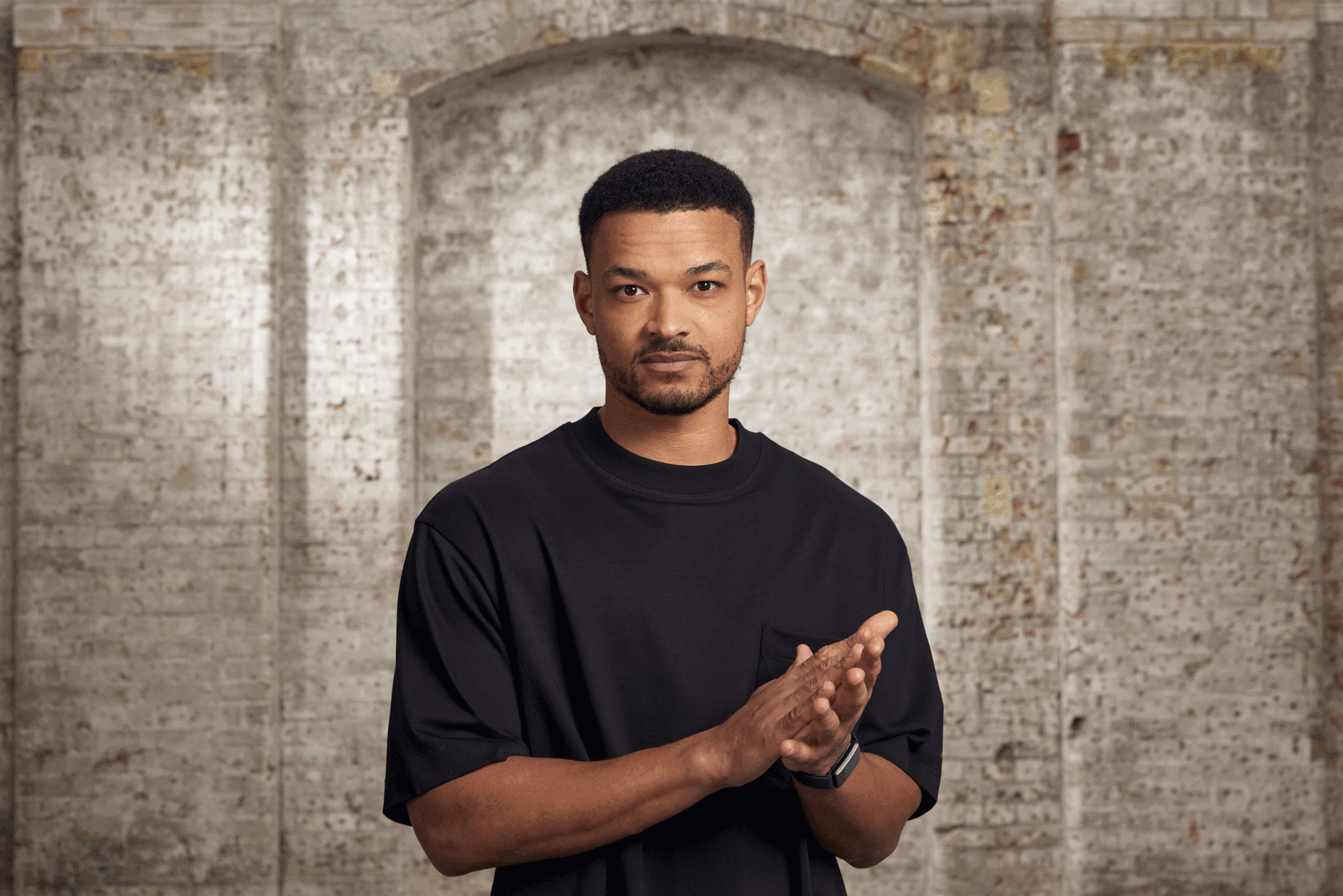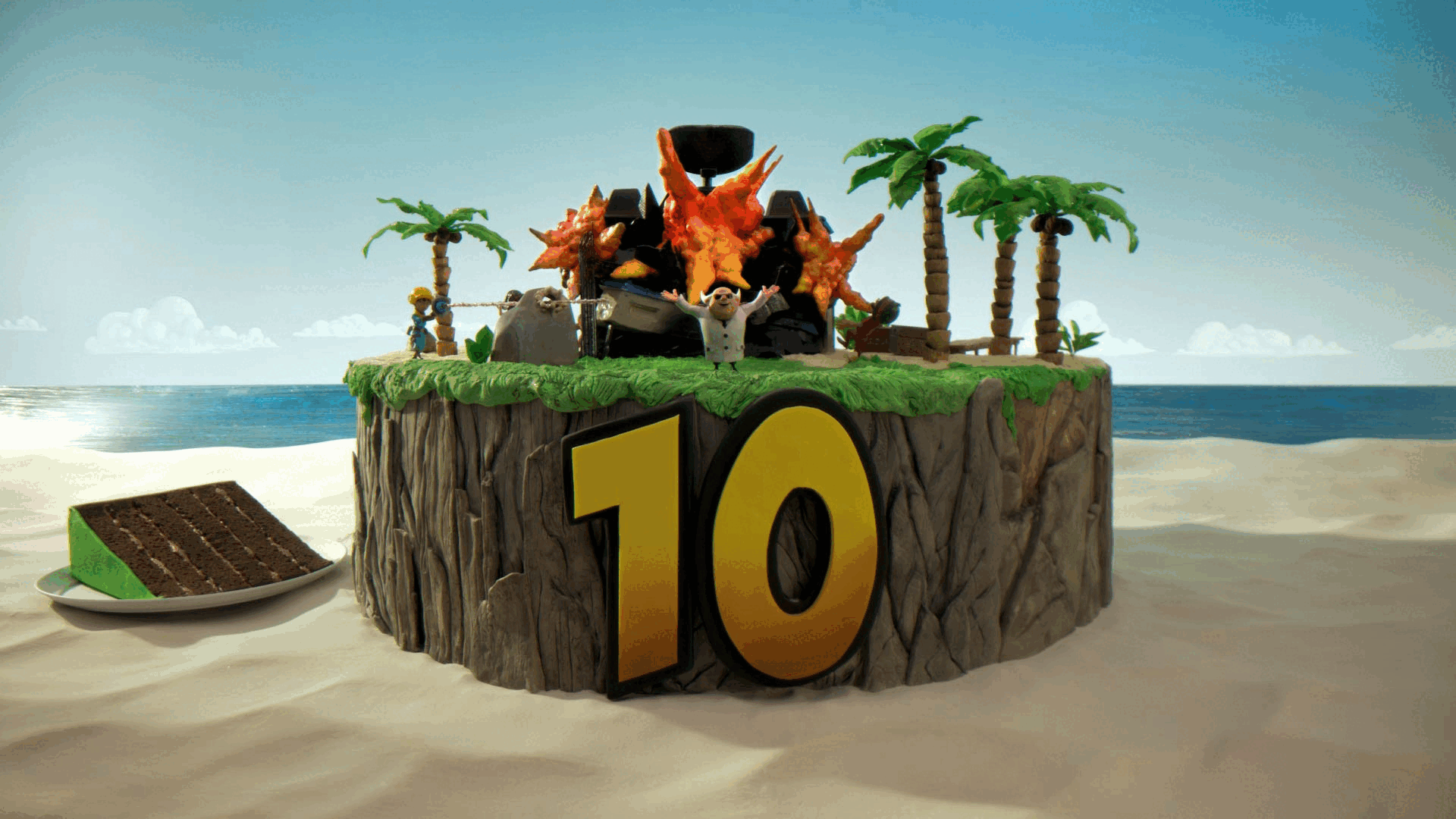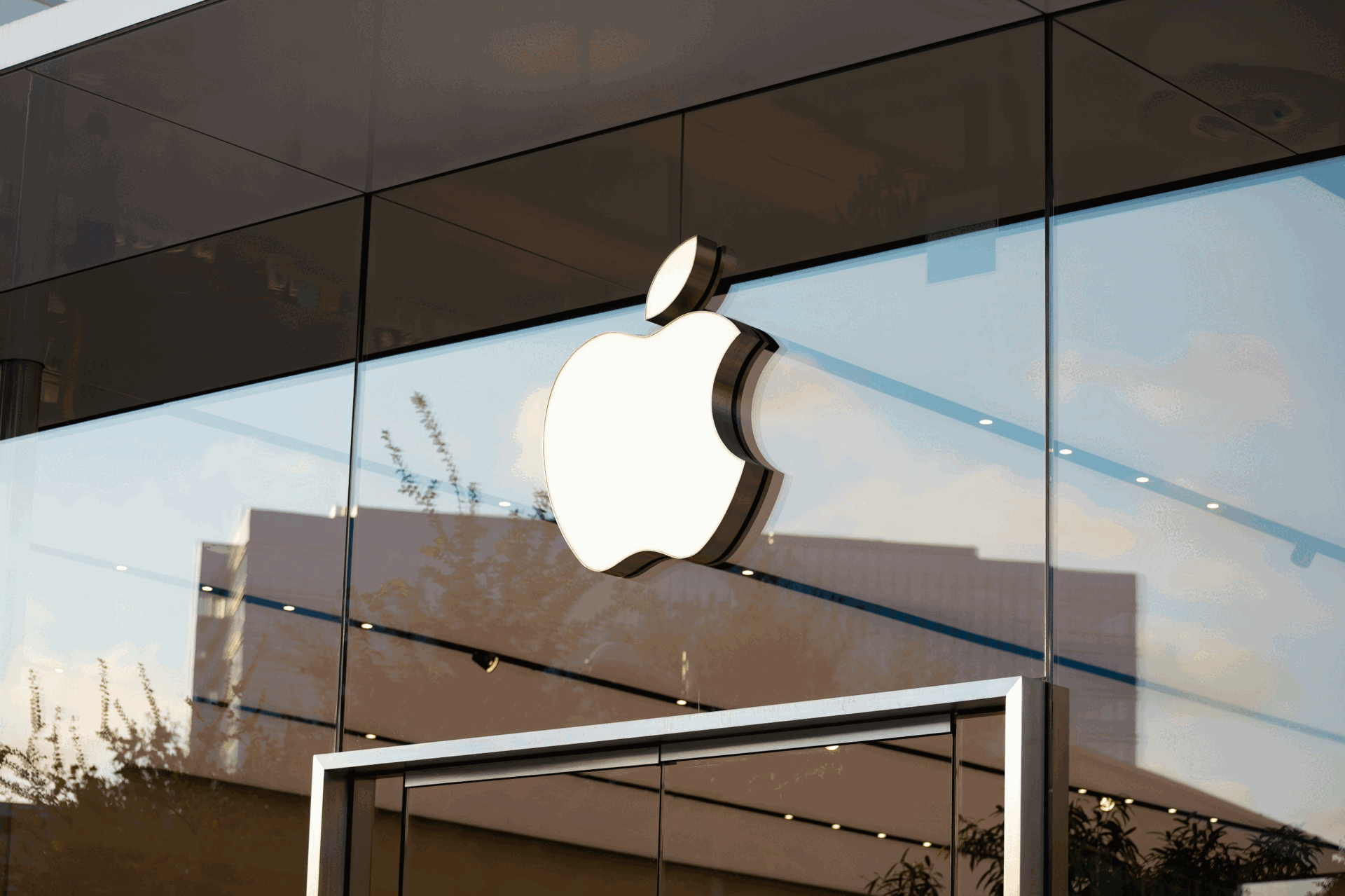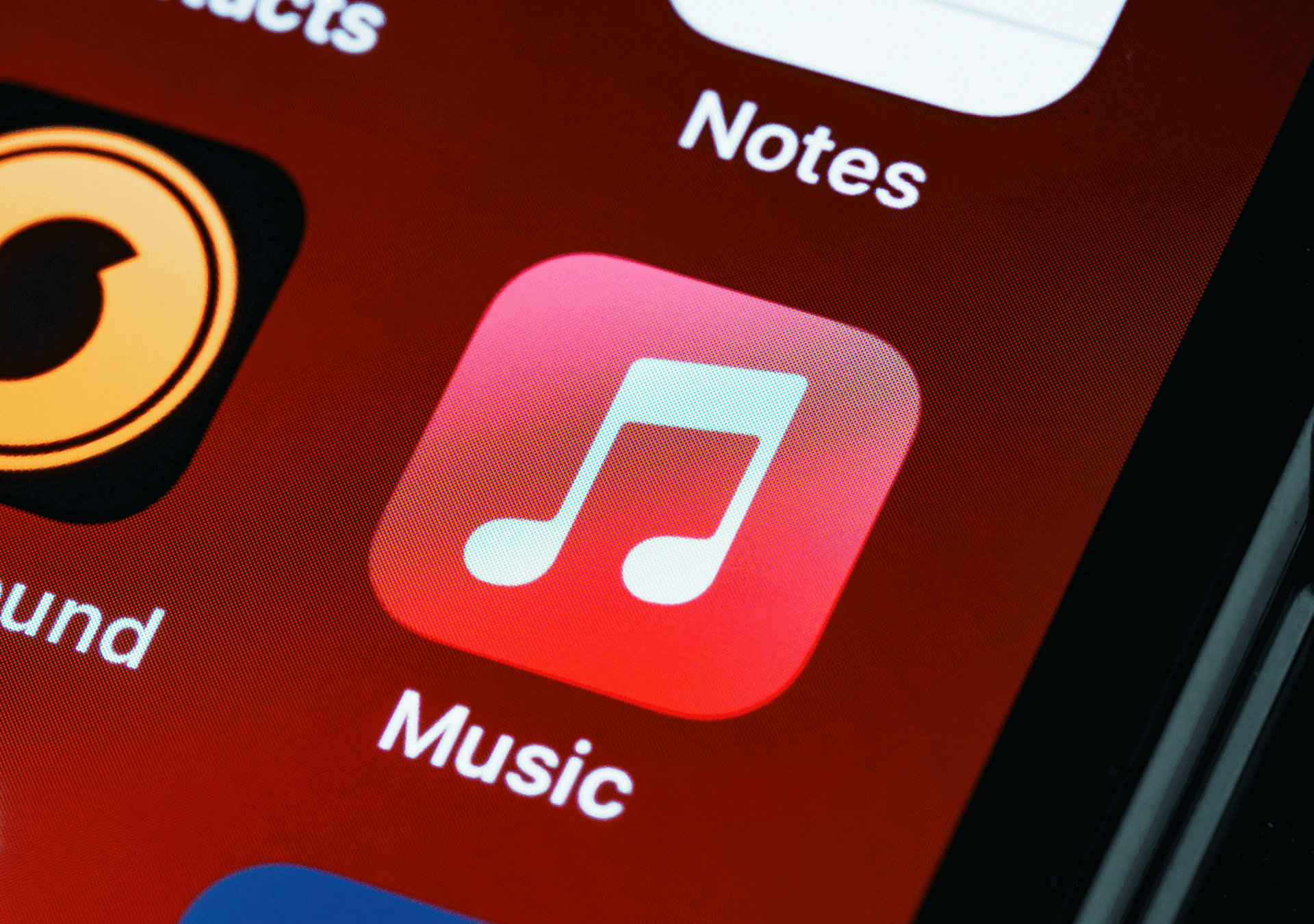#MMLife – At Play With Mobile
- Thursday, November 27th, 2014
- Share this article:
 The final section of our flagship event Mobile Marketing Life was all about mobile at play, and how mobile is having a transformative effect when it comes to our leisure time.
The final section of our flagship event Mobile Marketing Life was all about mobile at play, and how mobile is having a transformative effect when it comes to our leisure time.
Miles Lewis of Shazam took us on a journey from the companys inception in 2002, when it was a UK-only text based service, through the introduction of the iPhone, where Shazam was among the first 10 apps to appear in the App Store, to today, where the service boasts 500m users, 100m monthly active users, and is a Top 20 app globally.
He also explained how Shazam tried to “stay ahead of the creativity curve” by dealing with audio content that challenges them, like tracks that were being mixed together by DJs in clubs. Deals with BeatPort and Juno Records enabled the company to analyse over 20,000 tracks a week, so that the chances of the app returning “track unknown” are minimised.
Shazam is also driving music consumption and trends. Because the tracks being Shazamed by consumers tend to be new music, the Shazam charts are usually ahead of the official charts, and are actually used by Betfair to predict what will get to number one. Australian radio station 2dayFM now runs a Shazam Top 20 show based on the data Shazam acquires from its global users.
 Mobile, leisure and location were all drawn together by Lindsay Wiles from The Weather Channel, who described how mobile has become a key tool when it comes to organising our lives both at work and at play.
Mobile, leisure and location were all drawn together by Lindsay Wiles from The Weather Channel, who described how mobile has become a key tool when it comes to organising our lives both at work and at play.
The amount of information we have at our fingertips through smartphones and tablets informs how we choose to spend our time, and this kind of desire for instant data has driven The Weather Channels app to become the second most downloaded iPad app and seventh most popular iPhone app. According to Lindsay, “weather defines us all, and a change in the weather can change everything.”
Lindsay also explained how The Weather Channel aims to tell stories based around how weather affects the individual, and how brands are taking advantage of this fact, using weather data to inform the ads they deploy and the users they target.
The company worked with TUI Travel to deliver travel ads to customers who were experiencing poor weather, tapping into peoples increased desire to get away on holiday on rainy or overcast days.
 The final presentation of the day was the truly amazing story of Simon Wheatcroft, founder of &Adapt, who used mobile technology to overcome his blindness to become an ultramarathon runner.
The final presentation of the day was the truly amazing story of Simon Wheatcroft, founder of &Adapt, who used mobile technology to overcome his blindness to become an ultramarathon runner.
With the help of the RunKeeper app, which gave him distance information using audio feedback, he initially trained on fields and closed roads, using the distance markers to learn how to avoid obstacles.
After developing his skills as a runner for six months, he decided to attempt a 100-mile run in the Cotswolds, and while he only managed 83 miles, it represented an incredible achievement. However, Simon wasnt satisfied, and wanted to push himself further.
He applied to the New York marathon, and decided to run from Boston, where RunKeeper was headquartered, to New York before the race, a distance of 221 miles. Over the course of 10 days, he ran with a number of volunteers who had followed his story on Twitter, completing the final two miles of the marathon with his four-year-old son.
He is now working on a combination of smartphone and wearable technology with haptic feedback that will enable him to run solo in a 100 mile race through the Sahara desert.
“You tell someone you’re blind, and they think you’re only capable of certain things, and four years ago, I believed that too,” said Simon. “But then I stepped out of that box, and I found it wasn’t true”
You can find the rest of our coverage from the day on our website here, and well continue to bring you the top news from the world of mobile marketing.




